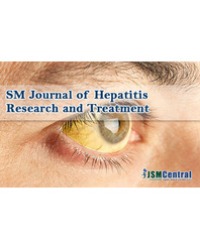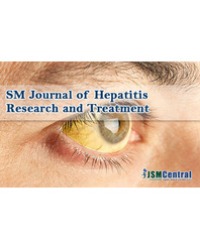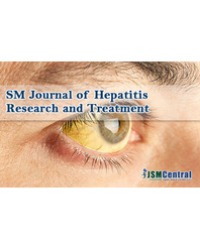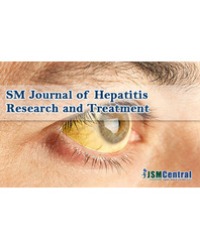
Multiplicity of Risk Factors for Chronic Viral Hepatitis B and C Infections in Pakistani Patients
Introduction: Pakistan, with a population of 180 million, has a 5% prevalence of hepatitis C and a 2.5% prevalence of hepatitis B. Although several studies have looked at individual risk factors, in particular, the practice of unsafe injections, there are many unresolved questions regarding the epidemiology of chronic hepatitis B and C infections in Pakistan.
Objective: To assess the potential risk factors for hepatitis B and C infections in Pakistani patients.
Methods: Consecutive patients with chronic hepatitis B or C presenting to a private gastroenterology clinic in Karachi, Pakistan were interviewed regarding potential risk factors for acquiring their infections
Results: 389 patients were interviewed, 239 (61%) with chronic hepatitis C and 150 (39%) with chronic hepatitis B.308 (79%) had more than one potential risk factor for viral infection. 71 (18%) had one risk factor and 12 (3%) had no identifiable risk factors. The following risk factors were identified: blood transfusion (96, 25%), surgery (171, 44%), dental work (202, 52%), injections (310, 80%), body piercings (144, 37%), spousal transmission (15, 4%), IVDU (1, 0.2%), hemodialysis (4, 1%), tattoos (1, 0.2%), sexual (1, 0.2%), and vertical transmission (5, 1%). 74 (11%) patients had a first degree relative with hepatitis B or C. Of the 71 patients with a single risk factor, in 58 (82%) the risk factor was having received an injection.
Conclusion: It is only by understanding the epidemiology of the acquisition of chronic hepatitis B and C infections in Pakistan that effective efforts can be made to control the spread of these infections. Most patients have multiple potential risk factors, highlighting the need for a multipronged approach to the control of these risk factors. Parenteral injections remain the single most common risk factor for infection.
Furqaan Ahmed*




